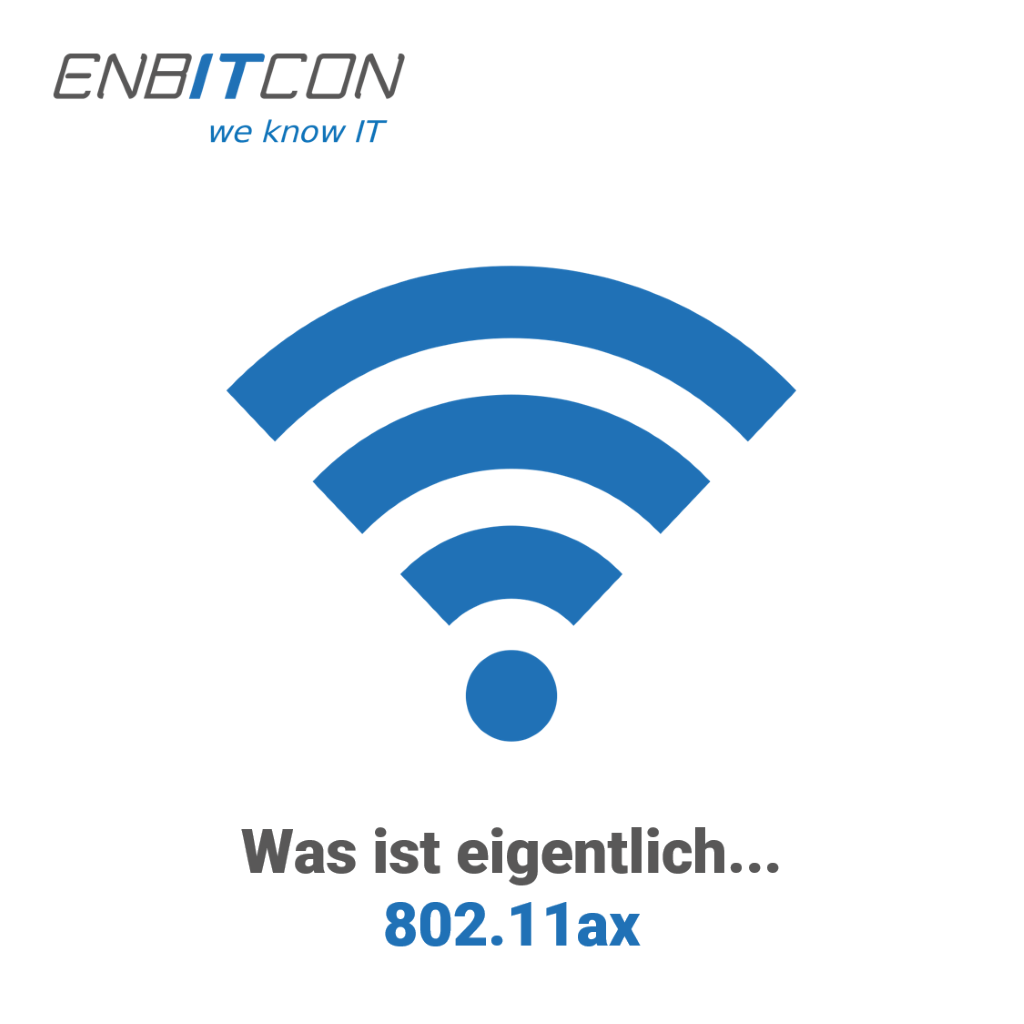
What is actually... 802.11ax?
It was that time again in 2018: the world was a guest in Russia for the World Cup this year. But during the tournament it quickly became clear that a lot has changed in the football world in the last four years. But other industries are also seeing rapid change, first and foremost of course the technology sector. For example, in 2016, Alexa moved into German homes for the first time. It is just the tip of the iceberg of IoT devices that are increasingly finding their way into German homes and businesses. To keep up with the wave of internet-connected devices, the Institute of Electrical and Electronics Engineers (IEEE) has been working on a new Wi-Fi standard for some time: IEE 802.11ax.
What is the difference between 802.11ax and 802.11ac?
IEEE 802.11ax, or WLAN-ax for short, is the successor to the IEEE 802.11ac standard, which was introduced in 2013 and has since been widely used. At that time, the latter impressed with theoretical transmission speeds of almost 7 Gbps (900 MB/s), which, however, were mostly reduced to 2 Gbps (250 MB/s) under real conditions. 802.11ax achieves 4 Gbps more under laboratory conditions, i.e. up to 11 Gbps (1.4 GB/s). How fast 802.11ax is under normal conditions, however, will only become clear after the release of the first end-user devices.
Faster transmission speeds are not the main focus of the new WLAN standard, however. Instead, 802.11ax primarily addresses another problem: Networks in which many devices are connected to a single router or AP. With 802.11ac, these are currently still prone to unstable connections and slow data transfers between device and endpoint. Optimisation is therefore not only interesting for increasingly "smarter" households, but also for companies with BYOD policies or similar. Although WLAN-ax, like its predecessor 802.11ac, will operate on the 2.4 and 5 GHz frequency bands, it will be able to divide up many parallel connections to the individual endpoints more efficiently. This should make many individual connections to a device significantly more stable. In addition, the more efficient use of the 2.4 and 5 GHz bands should also improve the connection of endpoints that operate on these frequency bands but do not support the new standard.
